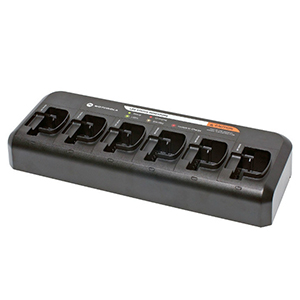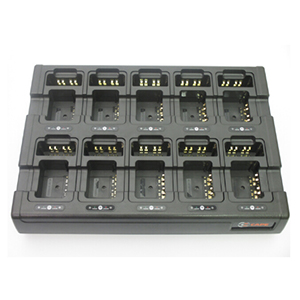Construction Site Communication with Walkie Talkies
Construction Site Communication with Walkie Talkies
In the fast-paced world of construction, effective communication is the linchpin that ensures projects are executed seamlessly and safely. As construction sites expand in scale and complexity, the need for reliable communication tools becomes paramount. Walkie talkies have emerged as a cornerstone of construction site communication, enabling instant interaction, enhanced coordination, and improved safety measures. In this comprehensive guide, we’ll delve into the benefits of using walkie talkies in the construction industry and provide valuable insights into optimizing communication on the job site.
The Role of Walkie Talkies in Construction Sites
Walkie talkies offer a range of advantages that cater to the unique demands of construction sites:
Instant Communication: Walkie talkies provide real-time communication, enabling swift coordination and immediate response to changing conditions or emergencies.
Extended Coverage: Construction sites often span large areas, making traditional communication methods less effective. Walkie talkies operate on various frequencies, ensuring coverage across expansive sites.
Enhanced Safety: Clear and direct communication fosters a safer work environment by allowing workers to communicate potential hazards, updates, and emergencies in real time.
Improved Efficiency: Walkie talkies streamline communication between different teams, reducing downtime and improving overall project efficiency.
Benefits of Walkie Talkies in Construction
- Real-Time Site Updates
Walkie talkies enable project managers, supervisors, and workers to share real-time updates on project progress, material deliveries, and any issues that may arise.
- Coordination Among Different Teams
Construction sites involve a multitude of teams, from contractors to engineers. Walkie talkies facilitate seamless communication, enabling different teams to coordinate their efforts effectively.
- Emergency Response
In the event of emergencies or unforeseen situations, walkie talkies allow for immediate communication, enabling quick response and ensuring the safety of all workers on site.
Selecting the Right Walkie Talkies for Construction
Choosing the appropriate walkie talkies for construction sites involves considering factors such as coverage range, durability, and features. Here are some notable options:
| Walkie Talkie Model | Coverage Range | Durability Features | Notable Functionality |
| MOTOROLA CP200D | Up to 5 miles | Water-resistant, durable housing | Voice-activated communication |
| Motorola XPR6550 | Up to 10 miles | Rugged design, weatherproof | Long battery life, group call capability |
| Motorola XPR 35000e | Up to 8 miles | Shockproof, dustproof | Text messaging feature |
Best Practices for Walkie Talkie Usage in Construction
To maximize the efficiency and effectiveness of walkie talkies on construction sites, consider these practical tips:
- Channel Organization
Assign specific channels for different teams or purposes to prevent interference and maintain clear communication.
- Battery Management
Regularly monitor battery levels and keep spare batteries on hand to prevent communication disruptions during critical moments.
- Training
Familiarize all workers with walkie talkie operations, including volume adjustment, channel changing, and emergency procedures.
Conclusion
In the construction industry, where timing and precision are paramount, efficient communication is a non-negotiable factor for success. Walkie talkies have evolved into indispensable tools that streamline coordination, enhance safety, and improve overall project efficiency on construction sites.
By selecting the right walkie talkies and implementing best practices, construction professionals can harness the power of instant communication to achieve seamless collaboration, deliver projects on schedule, and ensure the well-being of their teams.














Leave a Reply